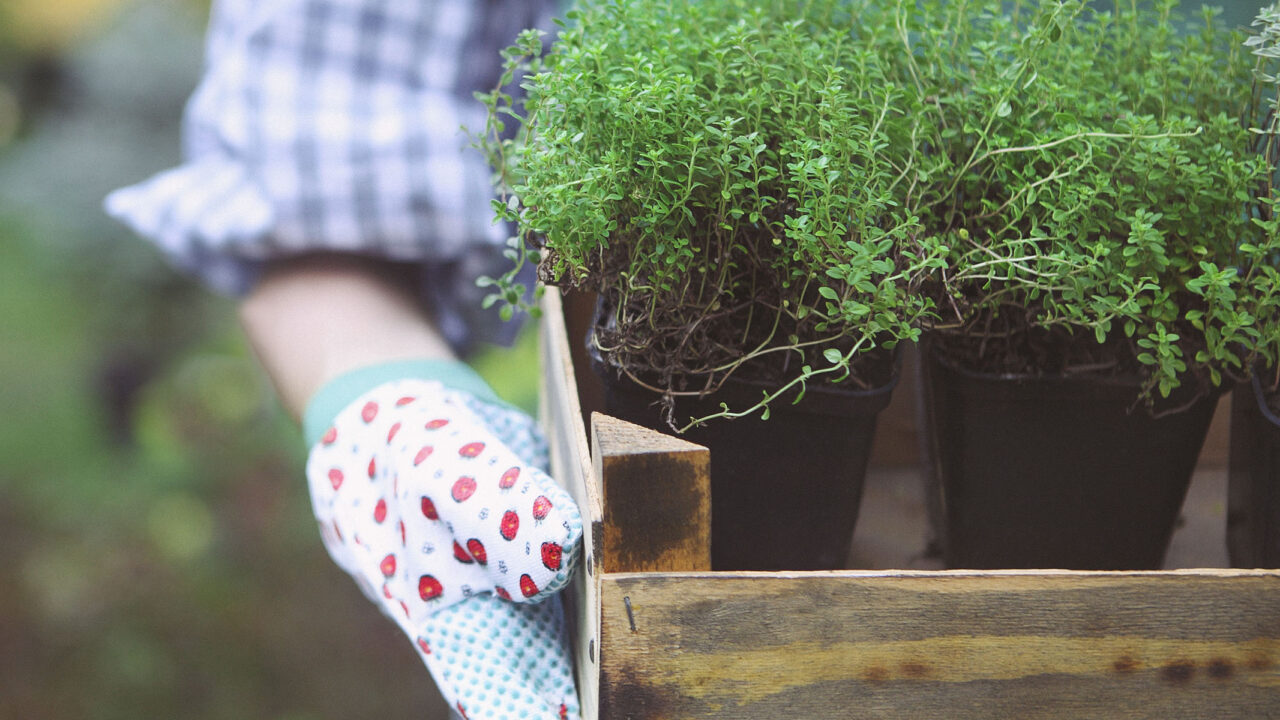Characteristics
| Hardiness zone | 6b |
|---|---|
| Flower color | white |
| Foliage type | evergreen |
| Plant form | round |
| Mature height | 5 feet |
| Spread | 5 feet |
| Light requirements | full sun to partial shade |
| Moisture requirements | moist |
| Plant origin | hybrid |
Houston's favorite garden center devoted to Texas native plants and organic gardening.
Botanical name: Rhododendron ‘Snow’
This dense evergreen shrub has small, deep green leaves and elegant clusters of white hose-in-hose flowers in early to mid-spring; absolutely must have well-drained, highly acidic and organic soil, use plenty of peat moss when planting.
| Hardiness zone | 6b |
|---|---|
| Flower color | white |
| Foliage type | evergreen |
| Plant form | round |
| Mature height | 5 feet |
| Spread | 5 feet |
| Light requirements | full sun to partial shade |
| Moisture requirements | moist |
| Plant origin | hybrid |
Snow Azalea is blanketed in stunning clusters of white trumpet-shaped flowers at the ends of the branches from early to mid spring. It has dark green foliage which emerges light green in spring. The small oval leaves remain dark green throughout the winter. The fruit is not ornamentally significant.
Snow Azalea is a dense multi-stemmed evergreen shrub with a more or less rounded form. Its average texture blends into the landscape, but can be balanced by one or two finer or coarser trees or shrubs for an effective composition.
This is a relatively low maintenance shrub, and should only be pruned after flowering to avoid removing any of the current season's flowers. It has no significant negative characteristics.
Snow Azalea is recommended for the following landscape applications;
Accent, Mass Planting, General Garden Use
Snow Azalea will grow to be about 5 feet tall at maturity, with a spread of 5 feet. It tends to be a little leggy, with a typical clearance of 1 foot from the ground, and is suitable for planting under power lines. It grows at a slow rate, and under ideal conditions can be expected to live for 40 years or more.
This shrub does best in full sun to partial shade. It requires an evenly moist well-drained soil for optimal growth, but will die in standing water. It is very fussy about its soil conditions and must have rich, acidic soils to ensure success, and is subject to chlorosis (yellowing) of the leaves in alkaline soils. It is somewhat tolerant of urban pollution, and will benefit from being planted in a relatively sheltered location. Consider applying a thick mulch around the root zone in winter to protect it in exposed locations or colder microclimates. This particular variety is an interspecific hybrid.
